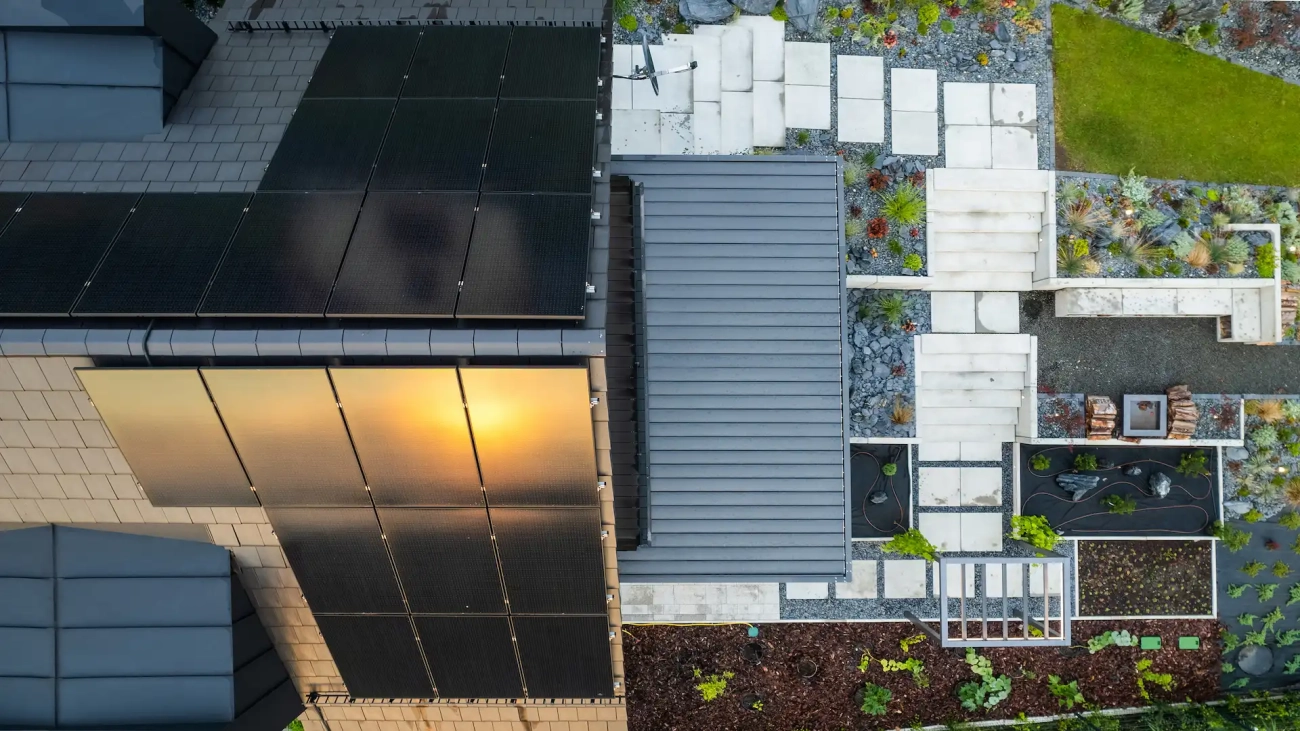Many people wonder how to live better without leaving a negative mark on the planet. It’s no surprise that sustainable architecture has moved from being a niche trend to a full-blown revolution in how spaces are designed and inhabited. From private homes to large urban complexes, this architectural movement focuses on efficiency, eco-friendly materials, and respect for the natural environment.
And the best part is that this transformation is not reserved only for large projects. Today, many professionals, digital nomads, or people in life transitions can choose accommodations that already implement these principles. If you’re looking for temporary housing in a city that embraces sustainability, book with BizTrip and choose options designed for your comfort… and the planet’s well-being.
What is Sustainable Architecture?
Sustainable architecture, also known as green or eco-friendly architecture, is a way of conceiving the design and construction of buildings with an awareness of environmental, social, and economic impact. The primary goal is to minimize resource consumption, optimize energy efficiency, and improve the quality of life for those living in the spaces.
It’s about building responsibly, using eco-friendly materials, maximizing natural light, implementing cross-ventilation, and using technologies that reduce energy consumption and pollutant emissions. But beyond energy, it also involves choosing suitable locations, respecting the environment, managing water properly, and promoting biodiversity.
Benefits of Sustainable Architecture: Economy and Environment
Without a doubt, the main advantage—and purpose—of this type of architecture is that it benefits both the environment and your wallet. Sounds good, right? Here’s how.
- Energy savings: Sustainable homes are designed to use less energy. Thanks to better orientation, thermal insulation, solar panels, or efficient appliances, it’s possible to significantly reduce electricity and gas bills.
- Lower environmental impact: From material selection to building design, everything is aimed at reducing carbon footprints. This includes using recyclable materials, properly managing waste, and avoiding construction methods that are harmful to the environment.
- Well-being and health: Air quality, natural light, and indoor temperature directly impact our health and productivity. Living in a sustainable space improves quality of life, reduces stress, and promotes daily comfort.
- Increased property value: More and more people value this type of construction, making sustainable homes more in-demand and more promising in the long run.
How to Integrate Sustainability into Your Home Design
You don’t have to build a house from scratch to apply sustainable principles. There are many ways to introduce sustainability into your home, whether it’s through a renovation, your next move, or temporary apartments. Here are some practical ideas that anyone can carry out.
- Take advantage of solar orientation: Orient main rooms to the south or east to optimize natural light.
- Improve insulation: Double-glazed windows, thermal curtains, or natural rugs can help maintain indoor temperature.
- Install water-saving devices: Faucets with flow limiters, dual-flush toilets, or rainwater collection systems.
- Use LED lighting and motion sensors: These reduce electricity consumption without sacrificing comfort.
- Incorporate greenery: Nature inside the home enhances the environment and purifies the air.
And if you’re staying in temporary accommodation, you can look for properties that already feature these characteristics. At BizTrip, you’ll find apartments optimized for clients who value sustainability in their accommodation.
Eco-friendly Materials in Construction
One of the cornerstones of sustainable architecture is the choice of responsible materials. Here, the focus isn’t just on aesthetics or durability, but also on the environmental impact of production, transport, use, and recycling. Here are some of the most commonly used materials in green buildings:
- FSC-certified wood: Sourced from sustainably managed forests.
- Bamboo: Strong, renewable, and fast-growing, ideal for interiors and lightweight structures.
- Natural cork: Excellent thermal and acoustic insulation, and 100% biodegradable.
- Eco-friendly paints: Free of volatile organic compounds (VOCs), which don’t contaminate indoor air.
- Recycled cladding: Materials like glass, metal, or stone that help avoid the overexploitation of natural resources.
Additionally, many sustainable buildings opt to reuse materials from demolitions or previous renovations, giving them a second life and reducing the need for new resources.
Success Stories in Sustainable Architecture
Spain is making significant strides in the development of green architecture, and Madrid is a great example of this. There are projects already paving the way in the capital, such as Castellana 77, a skyscraper renovated following sustainability criteria with energy-saving systems, ventilated facades, and LEED Gold certification.
Also, near the Pacífico area in Vallecas, there’s the Ecobarrio, an ambitious project in the southern part of the city that combines social housing with green common spaces, pneumatic waste collection, and bioclimatic buildings that make the most of natural light and ventilation.
Spain as a whole is committed to this type of housing. Another example is Media-TIC in Barcelona, an innovative building in the 22@ technology district, which has been recognized as one of the most sustainable in Europe thanks to its smart envelope that regulates indoor temperature and its focus on renewable energy sources.
All these cases demonstrate that sustainability doesn’t conflict with design, comfort, or technology. On the contrary, they are its best allies in creating more humane and responsible spaces. And you? Are you ready to join the change? Your best option is to choose accommodations that respect the environment and think about your well-being. Because living better also means living more consciously.
Book Now on BizTrip

